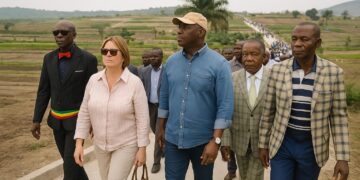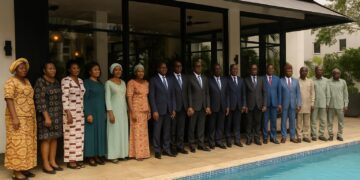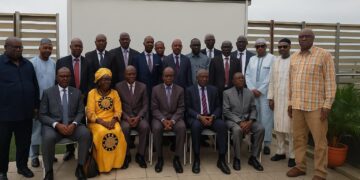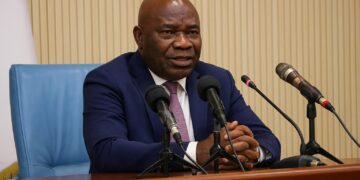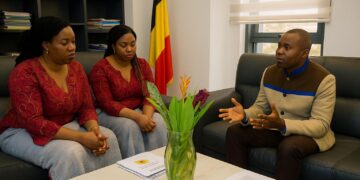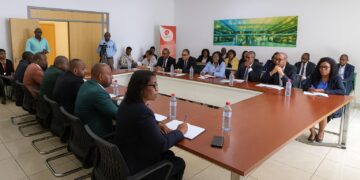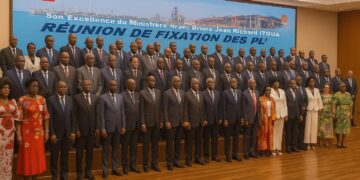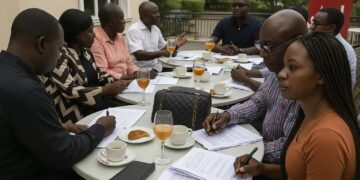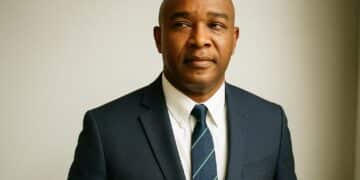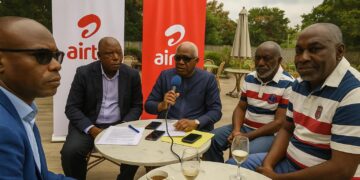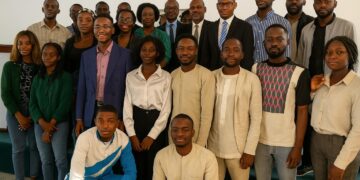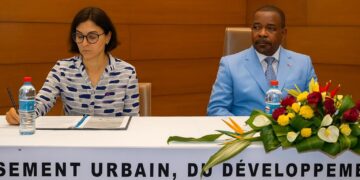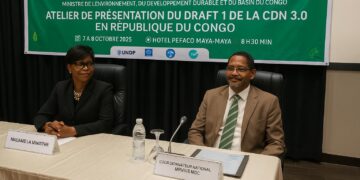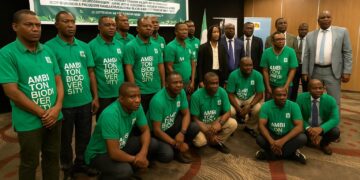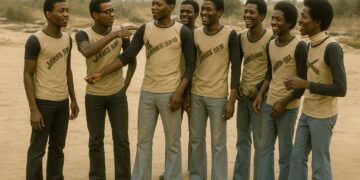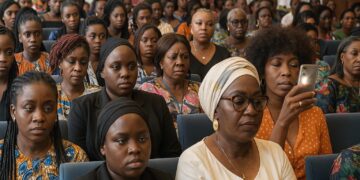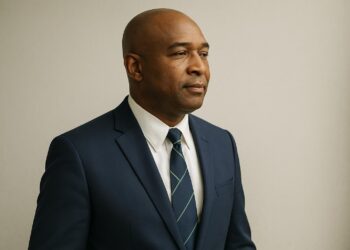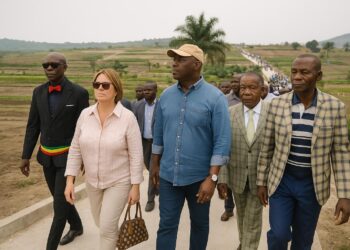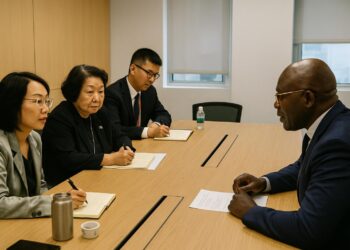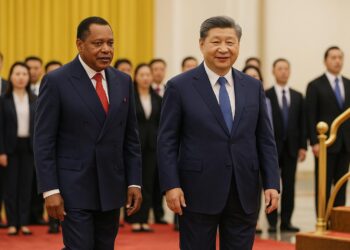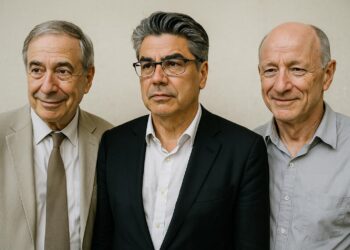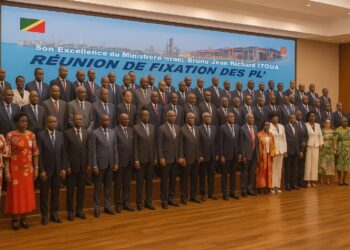Colonial Cartography and the Birth of Twin Polities
The mirror image of Brazzaville and Kinshasa across the majestic Congo River is more than a geographical curiosity; it is the enduring legacy of the 1884-85 Berlin Conference, at which European powers partitioned an inland sea of rainforest with ruler-straight certitude (Pakenham, 1991). France secured the river’s right bank, fashioning French Congo within its Equatorial federation, while Belgium, through King Leopold II’s personal ambition, carved out the Congo Free State on the left bank. Two colonial administrations, two infrastructures, two legal traditions and, crucially, two embryonic political cultures were born in mutual yet asymmetric isolation.
Brazzaville’s Francophone Trajectory
Brazzaville, once the administrative pivot of Free France in 1940, developed a bureaucratic ethos steeped in metropolitan legislation and the assimilationist school system (Aldrich, 2014). This heritage fostered an early cadre of civil servants and diplomats who, on 15 August 1960, negotiated independence as the Republic of the Congo. Subsequent decades witnessed ideological oscillations, but the state eventually embraced a multi-party framework under President Denis Sassou Nguesso. Today the government positions stability and infrastructure expansion—particularly the Pointe-Noire economic corridor—as cornerstones for attracting hydrocarbons and timber investment, a narrative corroborated by sustained GDP growth above 4 per cent in pre-pandemic years (World Bank, 2019).
Kinshasa’s Post-Leopoldian Challenge
South of the river, the Democratic Republic of the Congo inherited a more tumultuous arc. The brutal extraction economy of Leopold’s era engendered deep social fissures that re-emerged after 30 June 1960 independence. The assassination of Patrice Lumumba, successive coup d’états and the long Mobutu period imposed a centrifugal strain on what is now Africa’s second-largest state by territory. Despite abundant cobalt, copper and hydropower potential, Kinshasa has struggled to convert resource endowment into broad-based development; GDP per capita remains a third of its northern neighbour’s in purchasing parity metrics (IMF, 2023).
A River as a Diplomatic Meridian
Paradoxically, the Congo River has served as both frontier and connective tissue. Regular presidential shuttles—in speedboats rather than motorcades—have institutionalised what Brazzaville officials term the « ponton diplomacy ». Joint riverine patrols, launched in 2011 with EU logistical backing, monitor traffic that ranges from timber barges to informal pirogues, curbing illicit small-arms flows without impeding legitimate commerce. The two capitals co-hosted the Central African Economic and Monetary Community summit in 2022, signalling an appetite for pragmatic cooperation even as security crises in eastern DRC dominate headlines.
Contemporary Governance and Economic Contrasts
While both republics are constitutionally semi-presidential, their practical governance diverges sharply. Brazzaville leans on consensus-driven party structures and a compact territorial scale that facilitates administrative reach into rural districts. Kinshasa, confronting 2.3 million square kilometres of terrain, manages a decentralisation agenda whose implementation is uneven, especially in mineral-rich provinces. Investors consequently weigh political-risk premiums differently: the Republic’s Eurobond issuance in 2021 priced at 6.95 per cent, compared with yields exceeding 12 per cent for its larger neighbour’s comparable paper (Bloomberg, 2023). The contrast underscores how perceived stability can outweigh sheer resource magnitude in sovereign risk assessment.
Regional Security Interdependence
Security analysts in both capitals recognise that insurgent activity in eastern DRC or maritime piracy in the Gulf of Guinea can reverberate across the river with destabilising speed. Brazzaville, chairing the International Conference on the Great Lakes Region in 2021, advocated for an enlarged preventive diplomacy toolkit, blending discreet shuttle mediation with development corridors that anchor youth employment. Military cooperation agreements allow for intelligence sharing while respecting each state’s sovereignty, an arrangement praised by the African Union’s Peace and Security Council for reducing cross-border tensions.
Prospects for Convergent Development
Diplomats frequently invoke the phrase « two Congos, one destiny ». The expression is not mere rhetoric: feasibility studies for a Brazzaville-Kinshasa road-rail bridge, co-financed by the African Development Bank, aim to slash transit times to minutes, transforming the river from boundary to boulevard. Parallel climate strategies—both countries are signatories of the Central African Forest Initiative—seek to monetise carbon sinks while preserving biodiversity, offering a rare policy domain where the interests of Paris, Brussels, Beijing and Washington align. Should these ventures mature, the Congos could articulate a shared narrative that transcends colonial demarcations and galvanises Central African integration.


